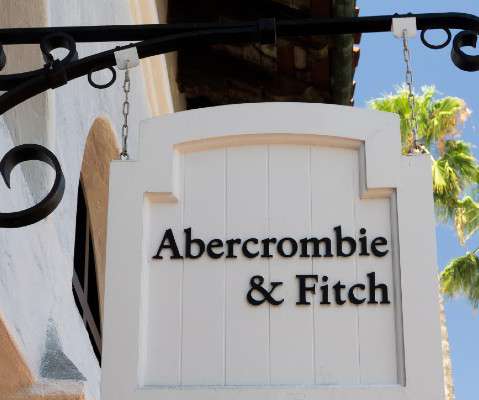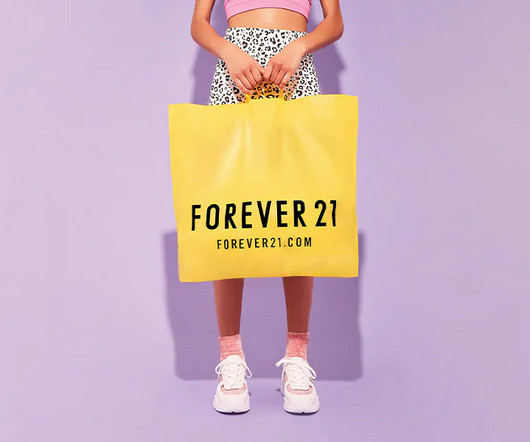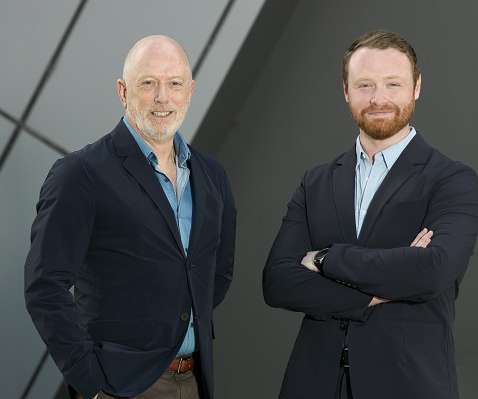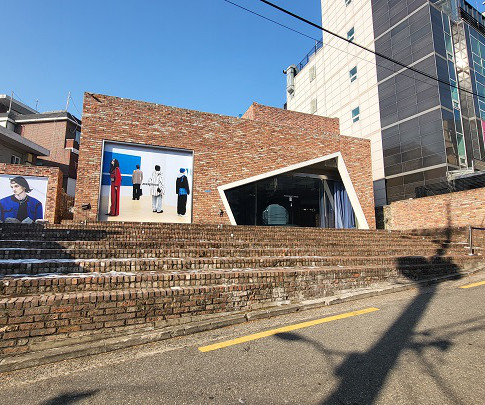Analysis: Why Abercrombie & Fitch’s turnaround has not been cancelled
Inside Retail
APRIL 25, 2021
A turnaround program was set in motion in 2014, focused on cost-cutting and trendier merchandise that abandoned its logo-centric designs to a certain extent. Long-time CEO Michael Jeffries was ousted from A&F at the end of 2014, and was eventually succeeded by Fran Horowitz in 2017.












Let's personalize your content